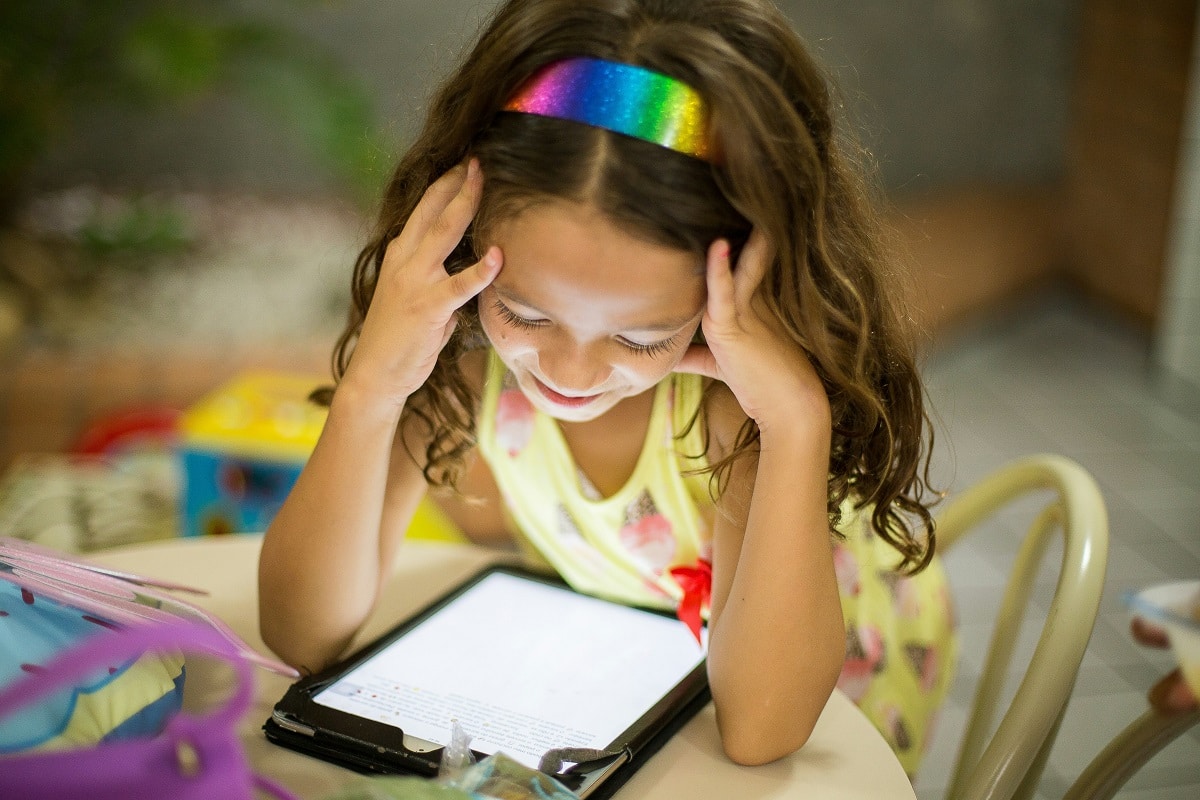- Eye Conditions
BOOK ONLINE NOW
BOOK ONLINE NOW

Is your child struggling to see the board at school? Squinting at the TV? Holding books or devices too close? These could all be signs of myopia, or ‘short-sightedness’ – a vision issue that’s becoming increasingly common in children.
A recent study found that 27% of Australian children tested had myopia (1). However, the true statistics are expected to be larger, given an alarming 30% of Aussie kids have never even had an eye exam! (2)
If left untreated, childhood myopia can lead to serious eye conditions, and in extreme cases even blindness (3) – which is why early detection through regular eye exams is so vital.
Myopia, also known as ‘short-sightedness’ or ‘near-sightedness’, is when distant objects appear blurry while close-up vision remains clear. It happens when the eyeball grows too long or the cornea is too curved, causing light to focus in front of the retina instead of directly on it.
It’s a lifelong condition and can’t be cured, however treatment is available to slow or halt the progression.
In today’s digital world, children are spending more time on screens and less time outdoors – both risk factors for myopia (4,5).
Less outdoor play increases myopia risk in children because natural sunlight and exposure to distant objects help regulate eye growth, preventing the excessive elongation of the eyeball, which can lead to near-sightedness. Reduced time outdoors also means more close-up activities, like screen use, which further strain developing eyes.
Even prolonged close-up tasks unrelated to devices, like reading books, have been associated with myopia. However, the good news is – studies show this risk can be reduced by balancing with ample outdoor exposure (4).
Children often don’t realise they have vision problems, as they don’t know any different, so it’s important to watch for symptoms. These may include:
The good news is childhood myopia is very treatable – the key is identifying it early. In Australia, most children’s eye exams are free for eligible Medicare holders. If you’re based in the Redlands, it’s super easy to make an appointment online with our experienced children’s optometrist team at Aphrodite Livanes.
If your child is diagnosed with myopia, a tailored treatment plan will be put in place to help slow its progression and improve vision. This could include:
While genetics can play a role in whether your child may develop myopia (5), lifestyle factors are key to reducing the risk. Here’s how you can help:
Undiagnosed myopia can affect learning, social wellbeing, and development (7), so don’t wait. If you’re based in the Redlands, book your child’s eye test with Aphrodite Livanes Optometrists today and give them the best start to their education.
References:
© 2025 Aphrodite Livanes Optometrist Brisbane: Eye Care Plus. All rights reserved.
